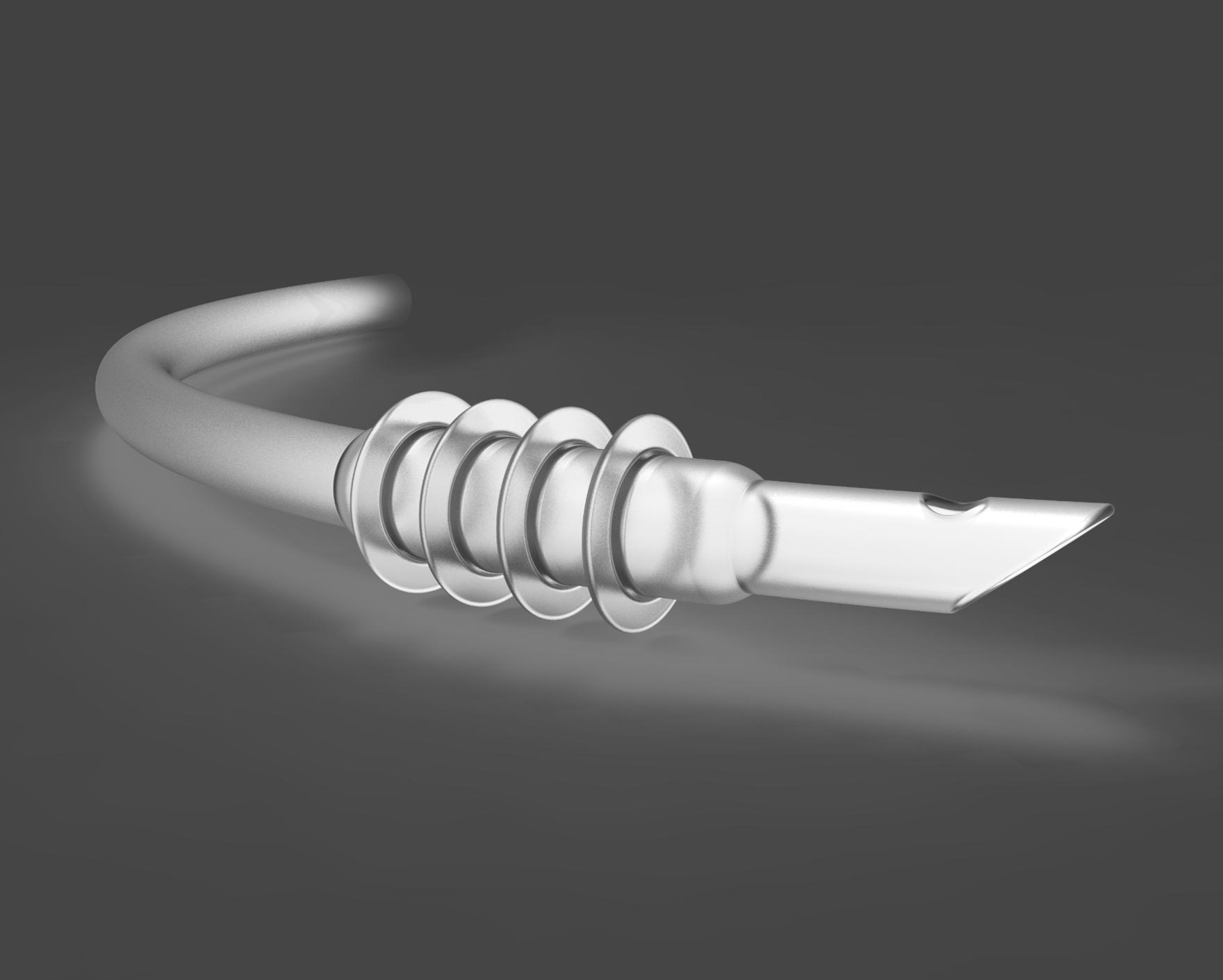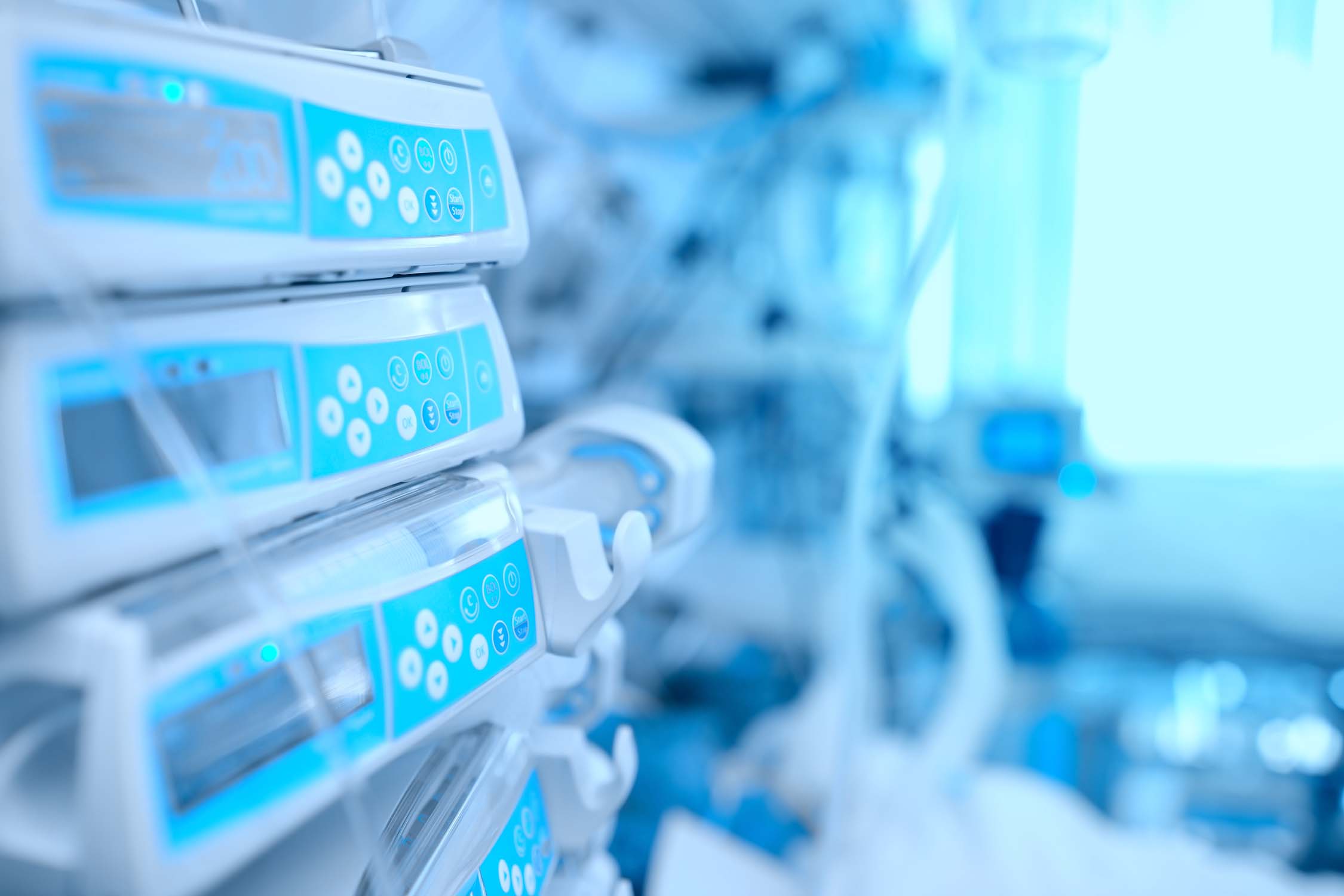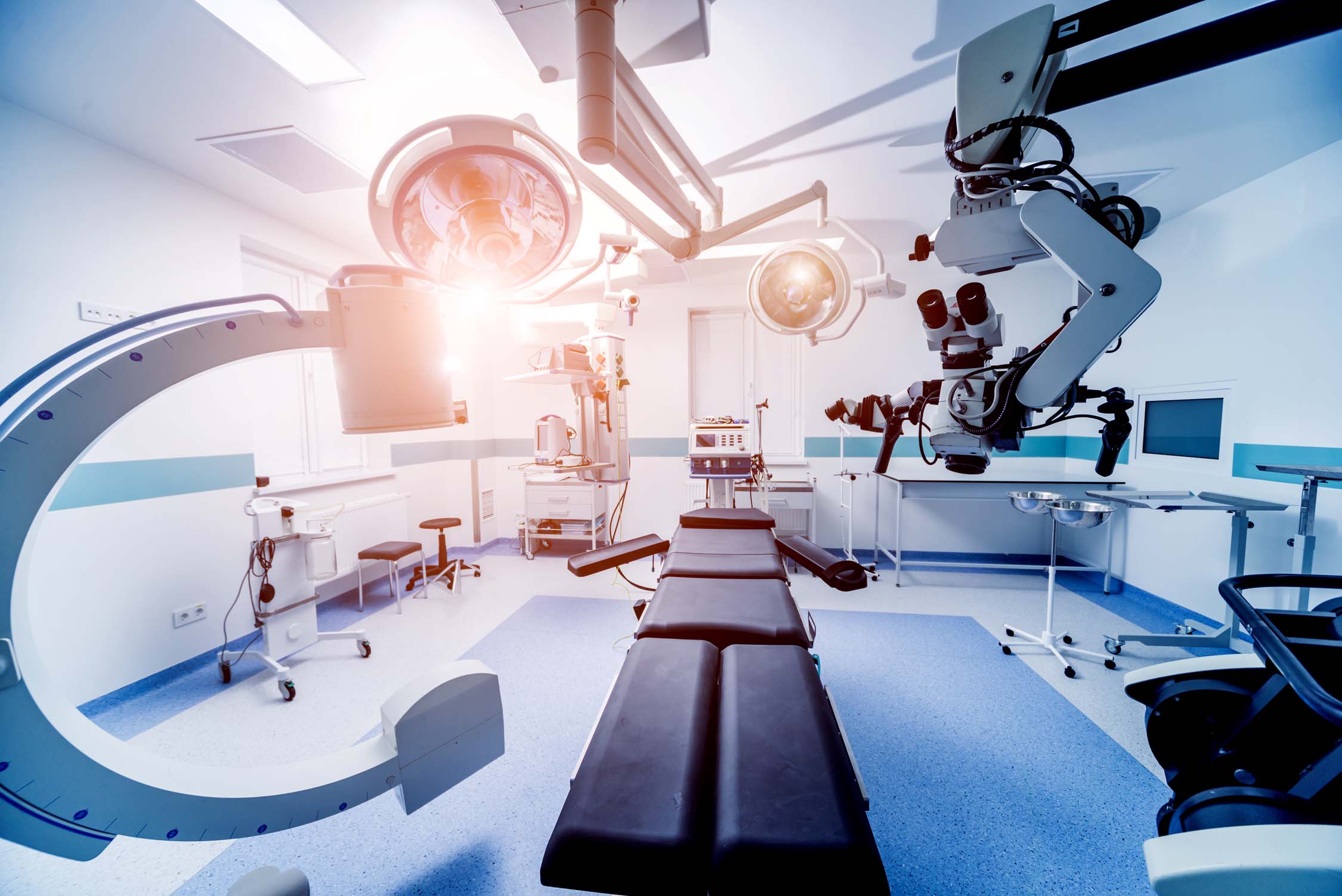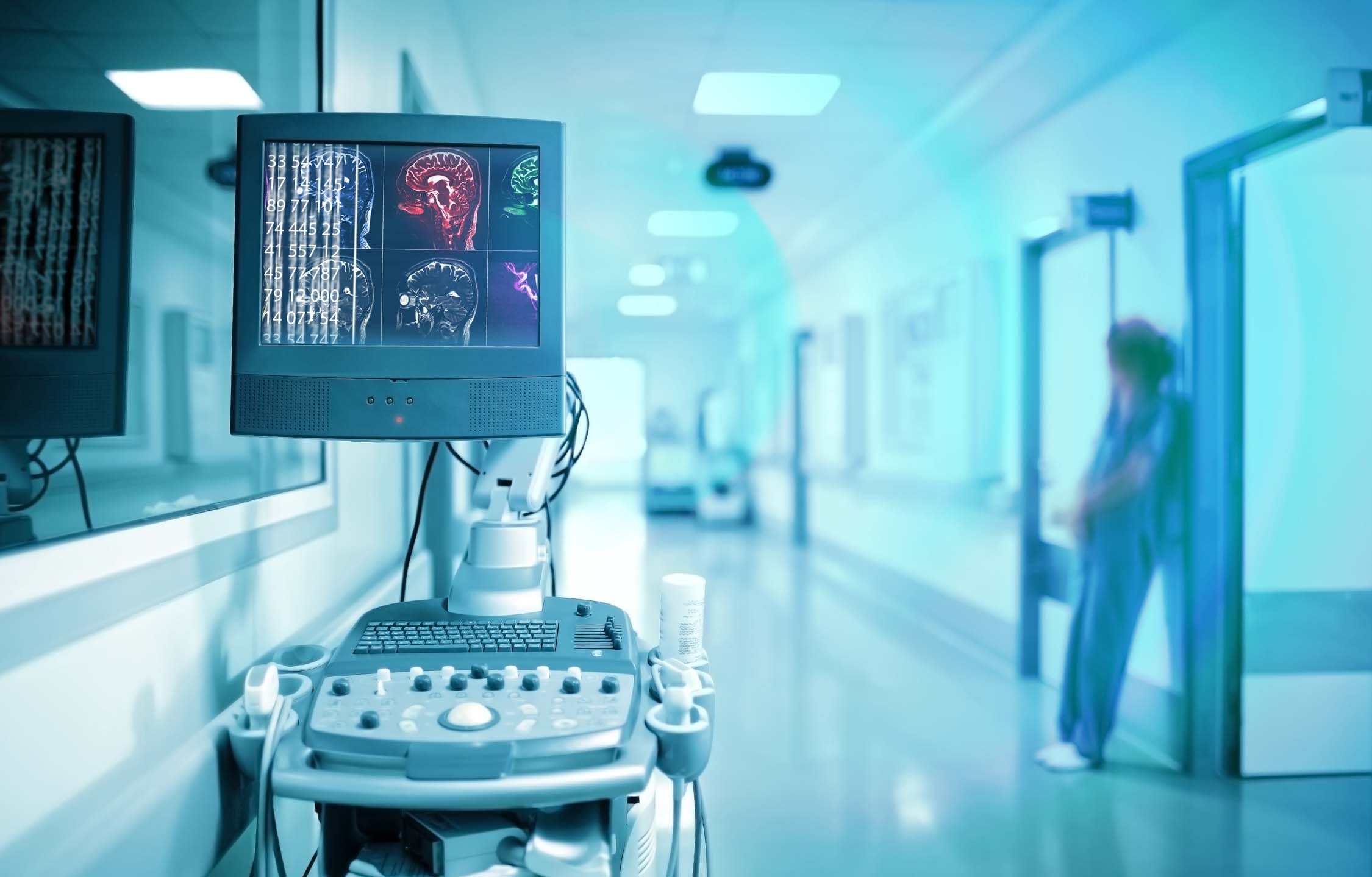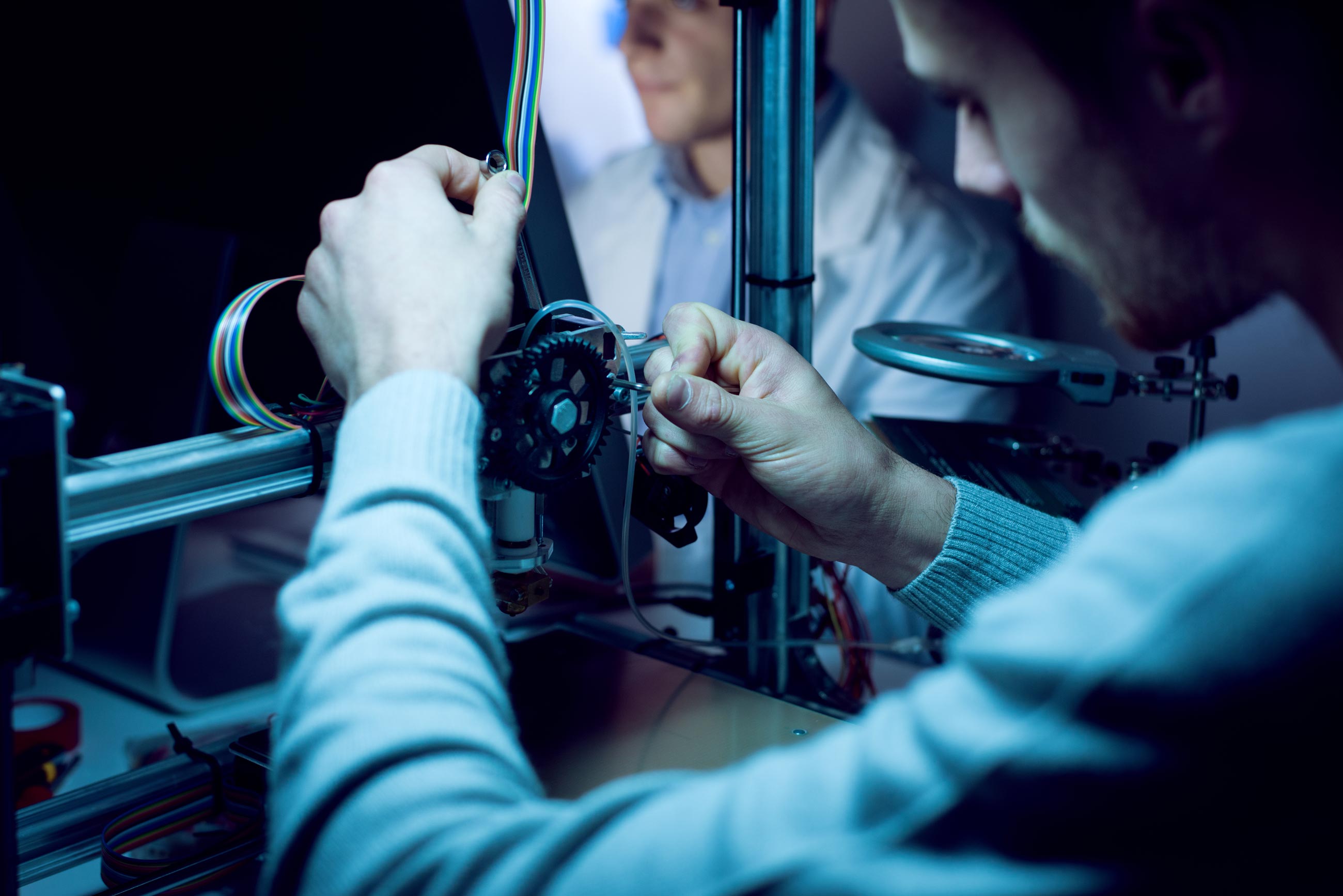CMI Funded Projects
A goal of the Center for Medical Innovation (CMI) is to provide an organizational structure and process to link faculty, clinicians, and students to foster the creation of innovative biomedical technologies applied to medical problems.
Funded Research
334
Proposals
81
Funded
$1.56M
Seed Funds
$2.1M
Follow-On Funds
9
New Companies
CMI Funded Projects
CMI has successfully funded a number of projects over the years. The details and specifics of each of our funded projects can be found below. Navigate to the individual project to learn more about the impact and support provided.

